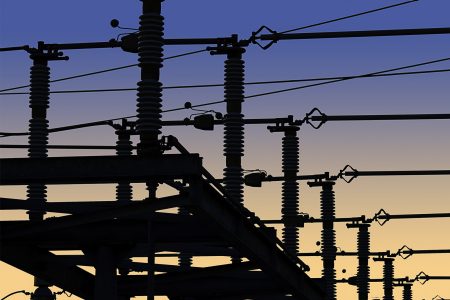In January this year, there was a major explosion with even more major consequences, east of Surabaya in Indonesia. The blast was in a transformer at a power station. Transformers are vital pieces of kit that increase, or ‘step up’, the electricity generated by a power station to the voltage of the grid – the infrastructure that supplies electricity to homes and businesses.
While an accident like this is not good news for consumers until the grid can be topped up by other power stations in the network, it’s very bad news for the generating company, which is losing out on big revenues set against significant investment.
While the company might be insured, the insurance company has its own vested interests in ensuring that things are put right as soon as possible. Tony Lavan owns and runs Lavan Disaster Management, a Singapore-based company that does just that. ‘We work predominately in the global insurance claims market, assisting businesses to mitigate their losses when they have exposure to large business interruptions,’ he says.
In this case, the transformer blew up in January and a replacement was initially not expected to be built, shipped, installed and running until December. Tony says: ‘The generating unit is the largest in Indonesia and the backbone of the Java power grid. The daily loss of income for the power plant was huge.’
So huge, that the insurers were prepared to eliminate all potential risks to get things working again and as soon as possible. ‘One of the considerations the insurers had during the period when the replacement transformer was being ordered was “what happens if something happens to it along the way?” or if the transformer blew up during testing, or was dropped during transport,’ says Tony. ‘If any of those things were to happen, the losses could potentially continue for another year.’





